National Cheng Kung University, Anping Contact Zones
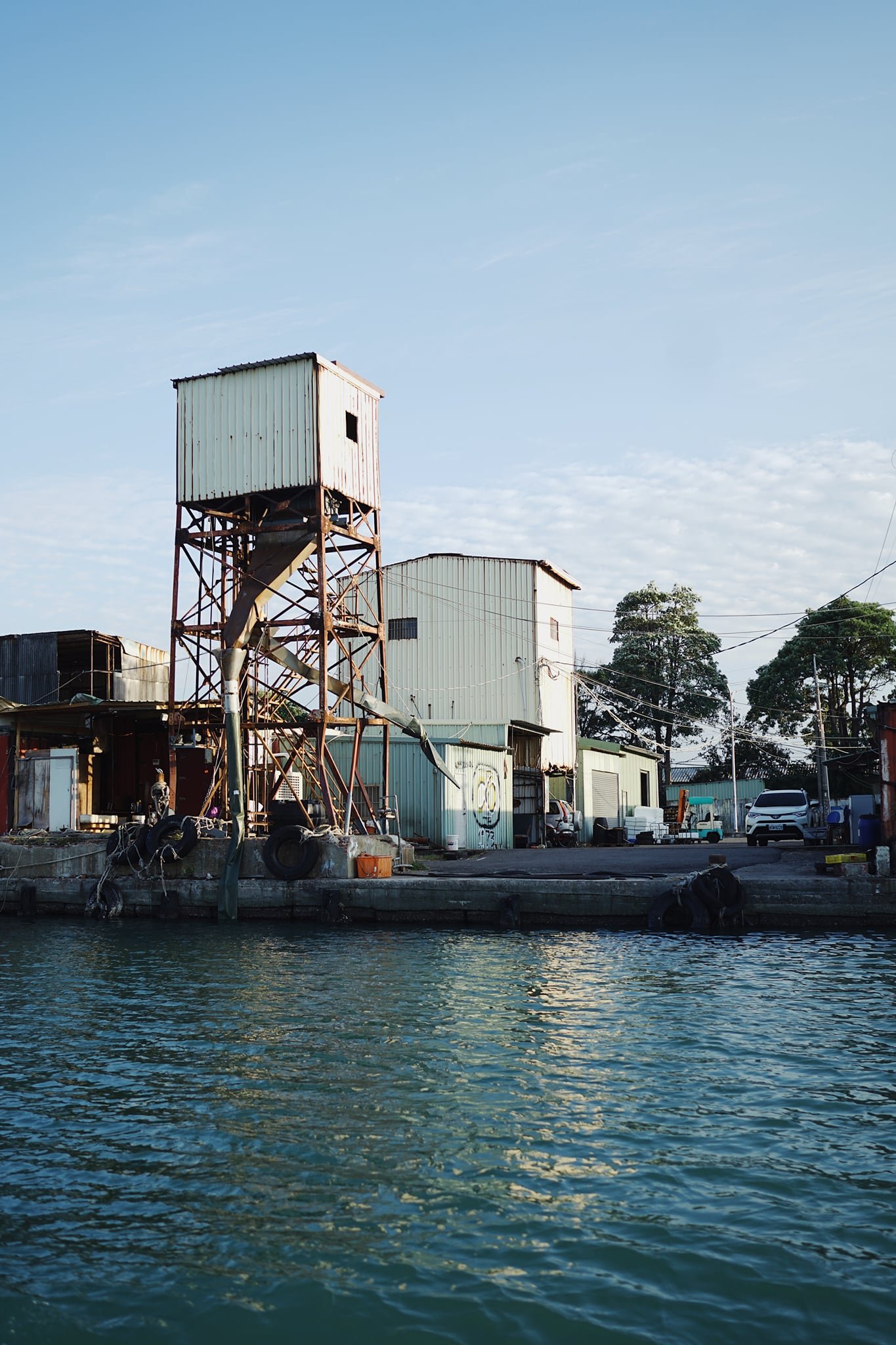


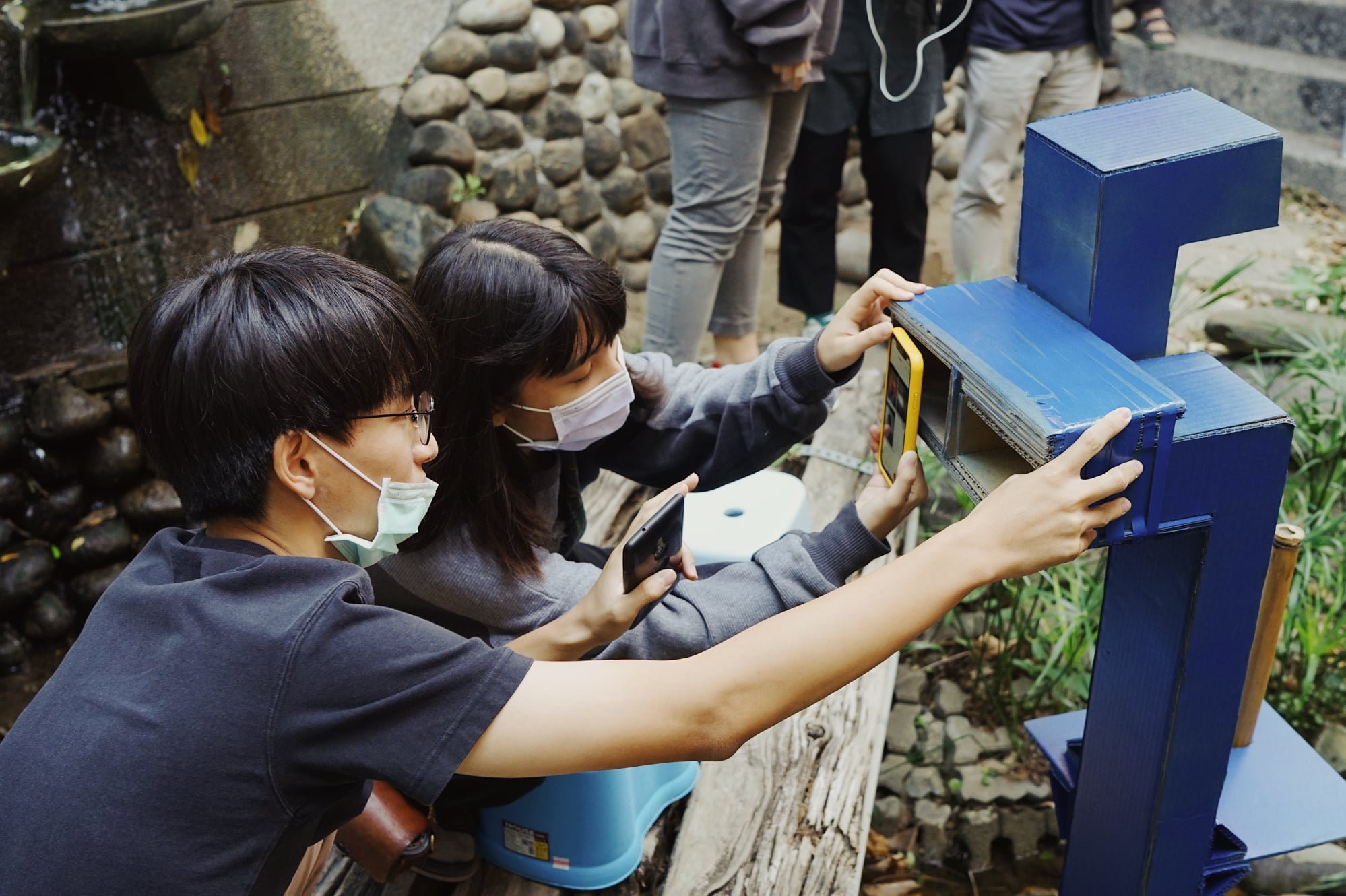
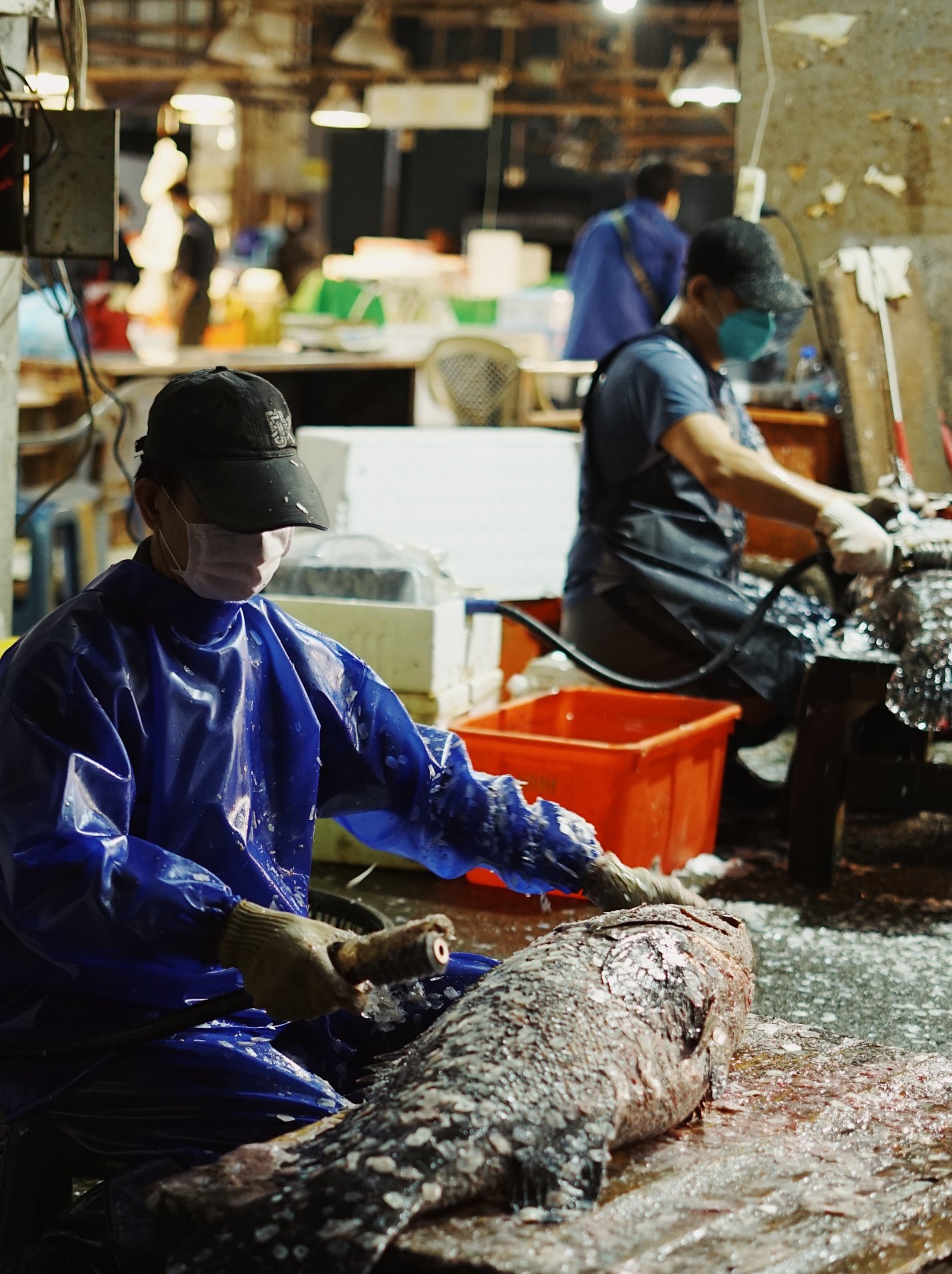
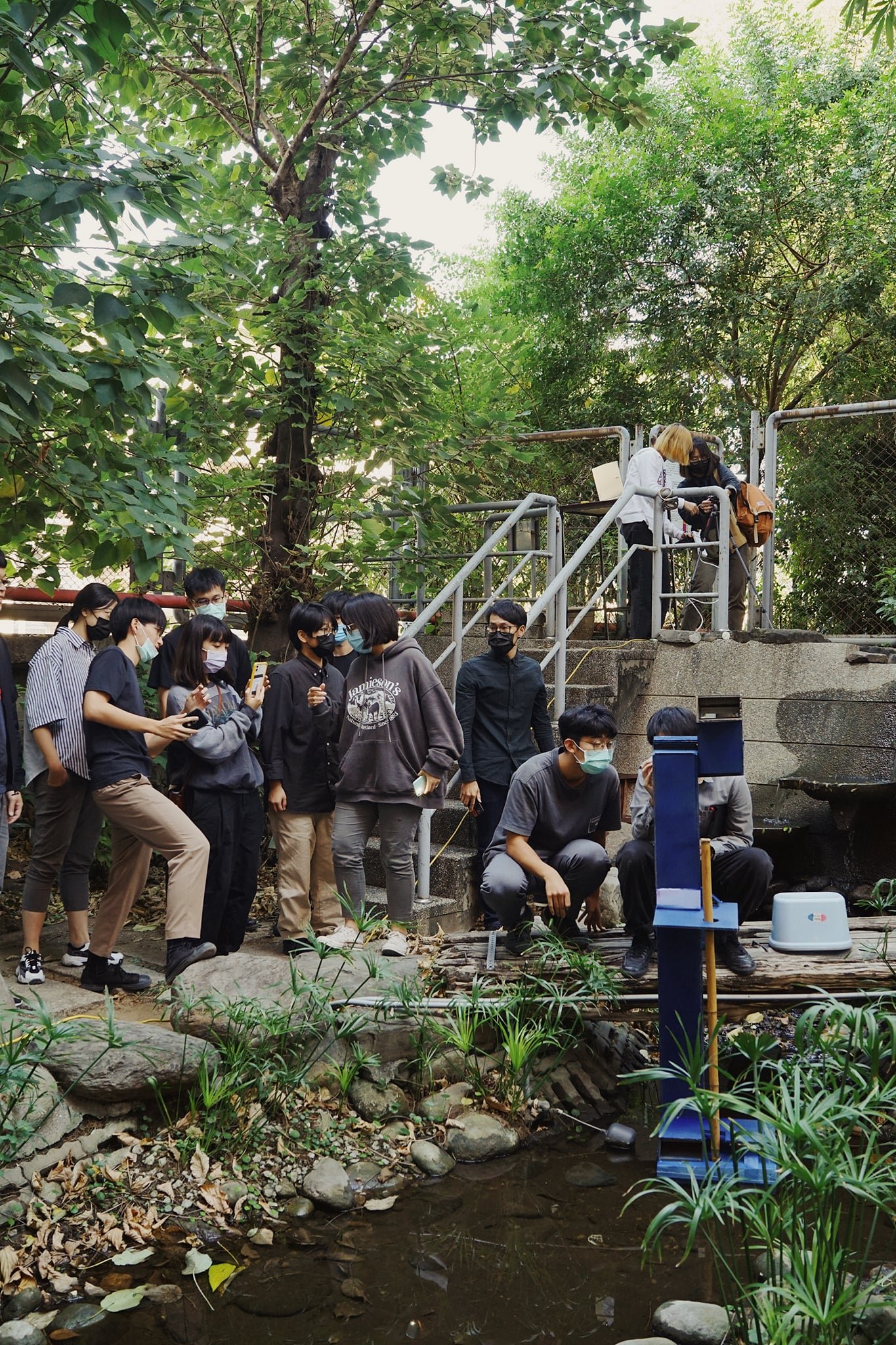
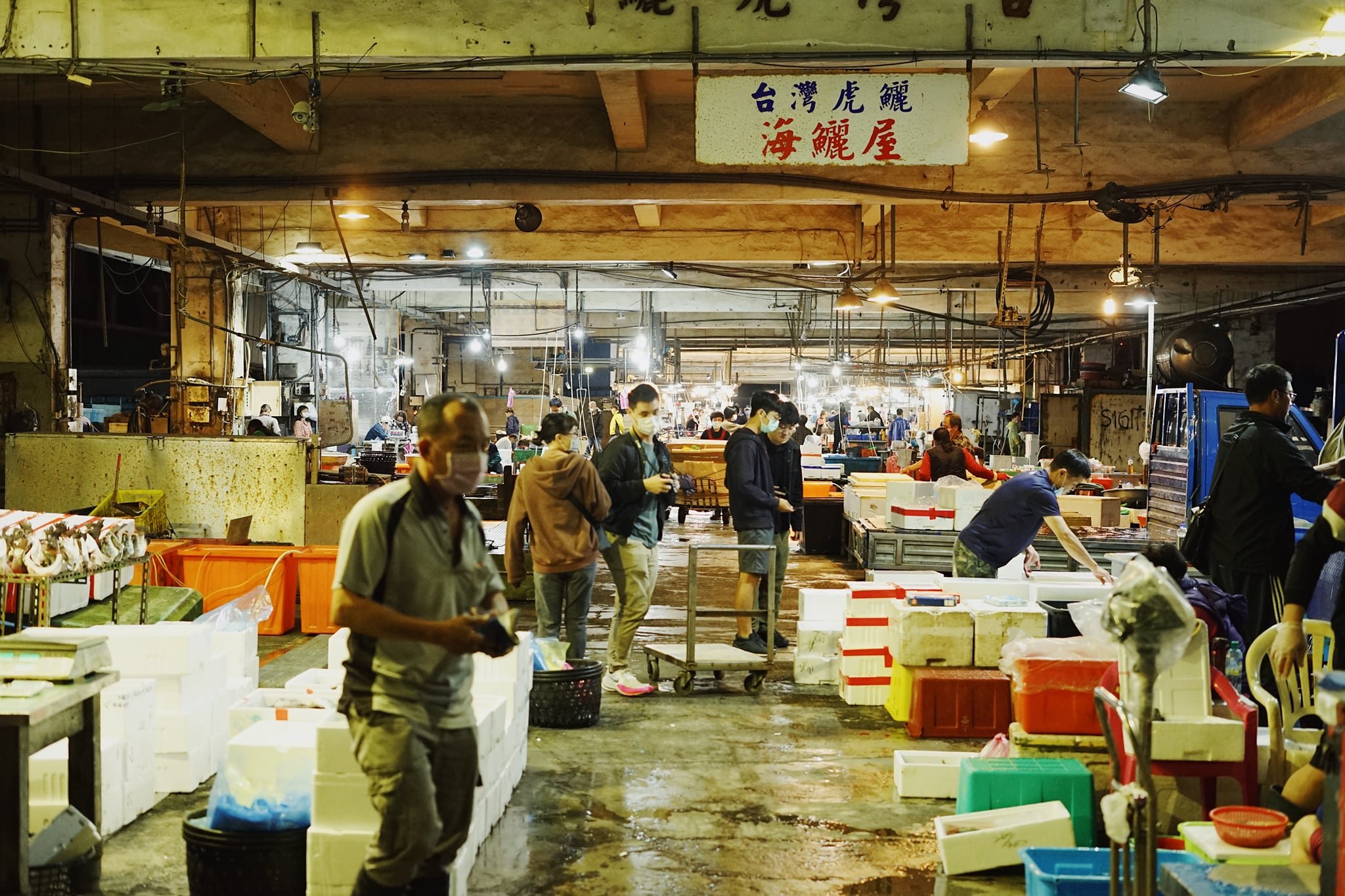
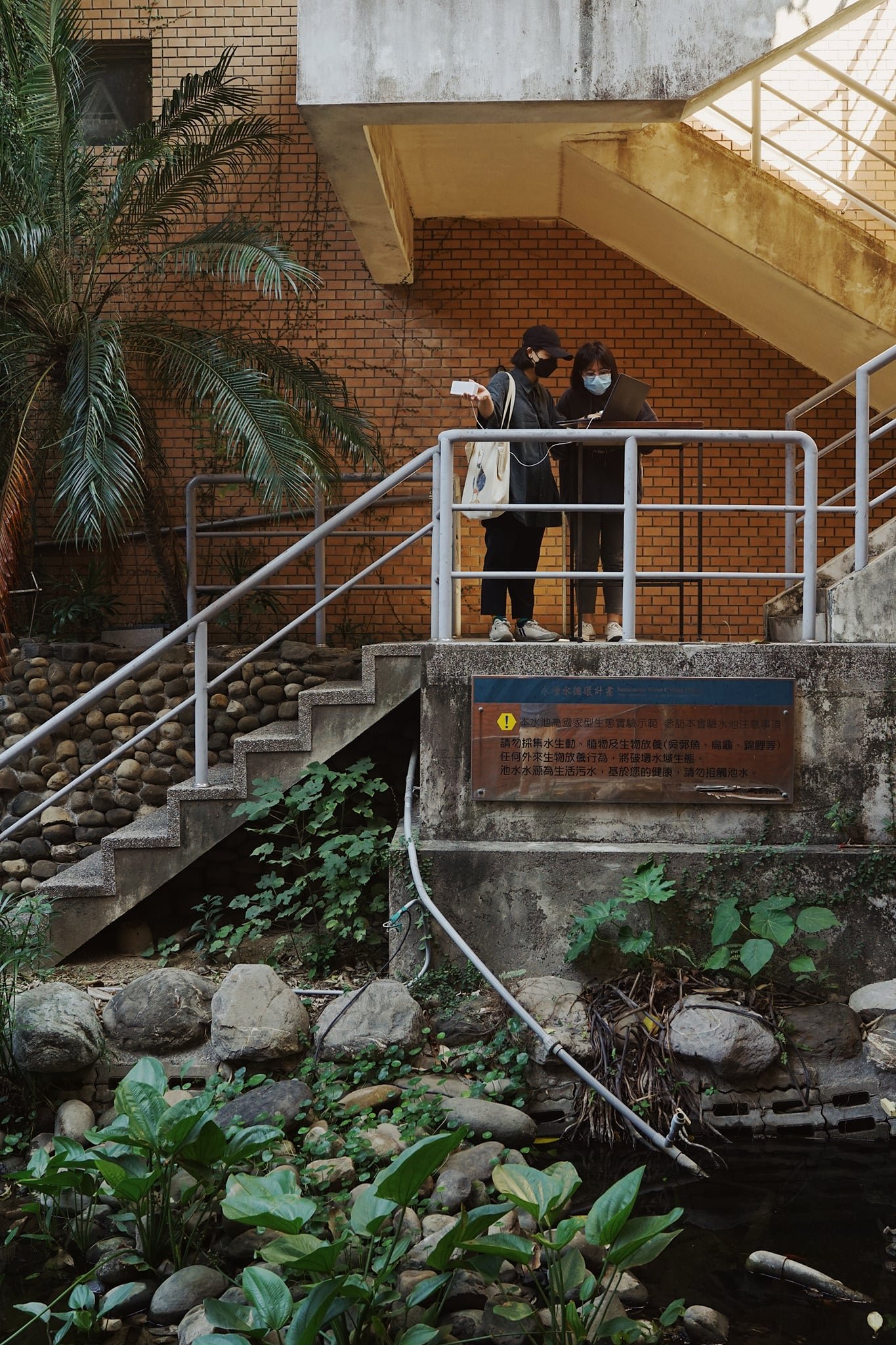
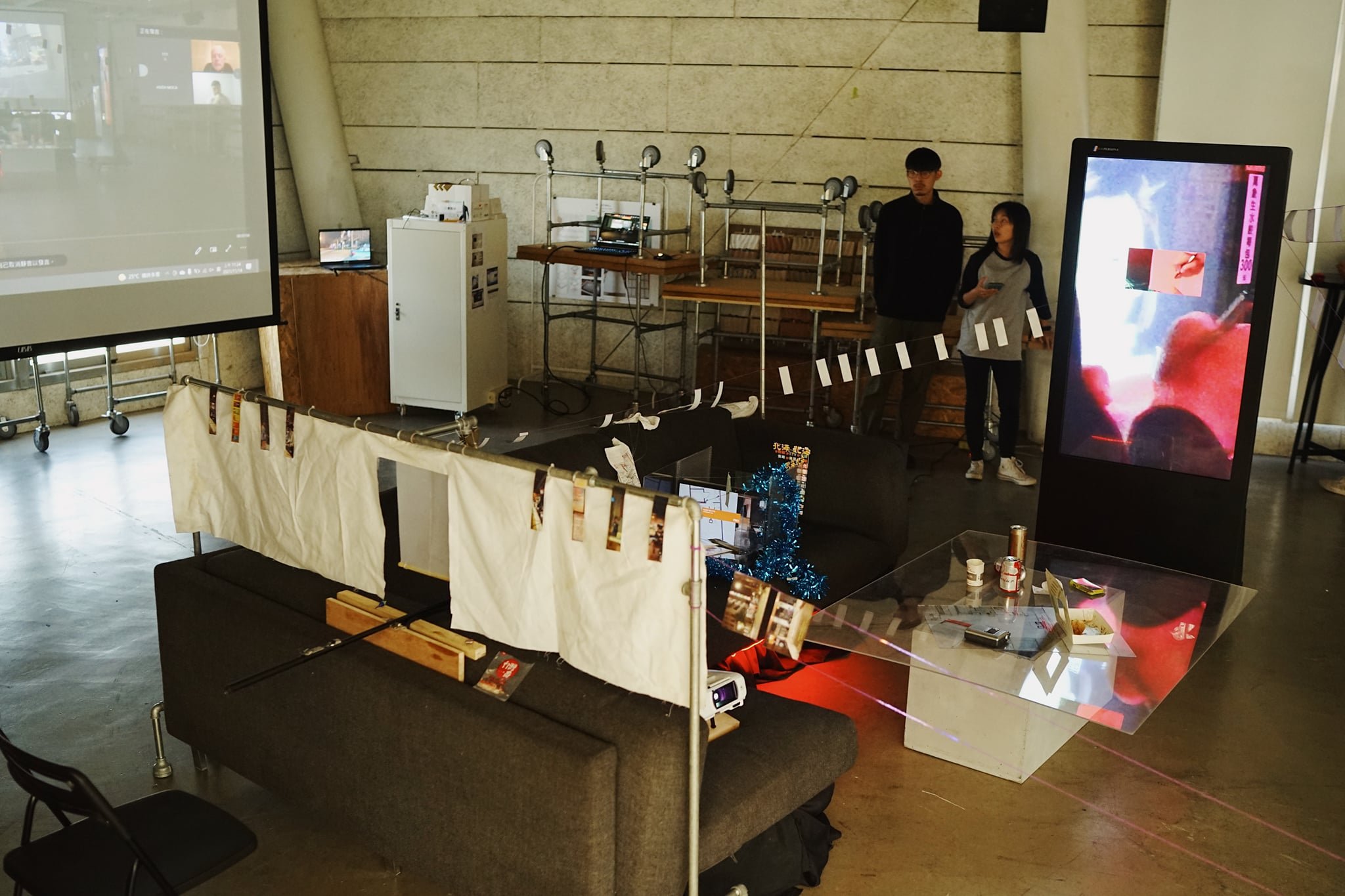
Eco-System Collage of AnPing’s New Marina
Coordinator: Cheng-Luen Hsueh
Collaborators: Brian McGrath and Tommy Yang
Introduction
Islands and Territories is collaborative research among a multi-generational team from Parsons, CMU, and NCKU, led by Brian McGrath, Professor of Urban Design at Parsons School of Design, The New School, to explore the differences and possibilities between Taiwan and New York City’s response to COVID-19.
Objective
The ‘metacity’ framework introduced by Brian McGrath is adapted in the workshop as a concept linking “contact zone” to a multi-scalar multi-sited matrix of ecological zones, histories, people, flows of information, and architecture across boundaries. Perceived within the shifting political territories, architecture, urban planning, and a global pandemic, AnPing as an island contact zone investigates how island micro-narratives and embodied acts can be woven into more extensive global histories.
Content
What has the pandemic revealed about the historical relationship between territory, politics, architecture and urban form? The “arts of the contact zone” is a concept from comparative literature that Mary Louise Pratt coined from her reading of the 800 page text The First New Chronicle of Good Government, written and presented by the Incan Guaman Poma to the King of Spain in 1613. Pratt uses the term to refer to “…social spaces where cultures meet, clash, and grapple with each other, often in contexts of highly asymmetrical relations of power, such as colonialism, slavery, or their aftermaths as they are lived out in many parts of the world today”. This concept has added meaning in the age of SARS and COVID. Currently, while Taiwan has managed the pandemic well, it faces elevated tension with China and lies in-between rocky US-China relations. Island studies and the contact zone concept inspire new tools to understand how social experiences and architectural actions on the particular kind of contact zone of Taiwan Island can be responsive to the question “what is the architecture of the contact(less) zone”
